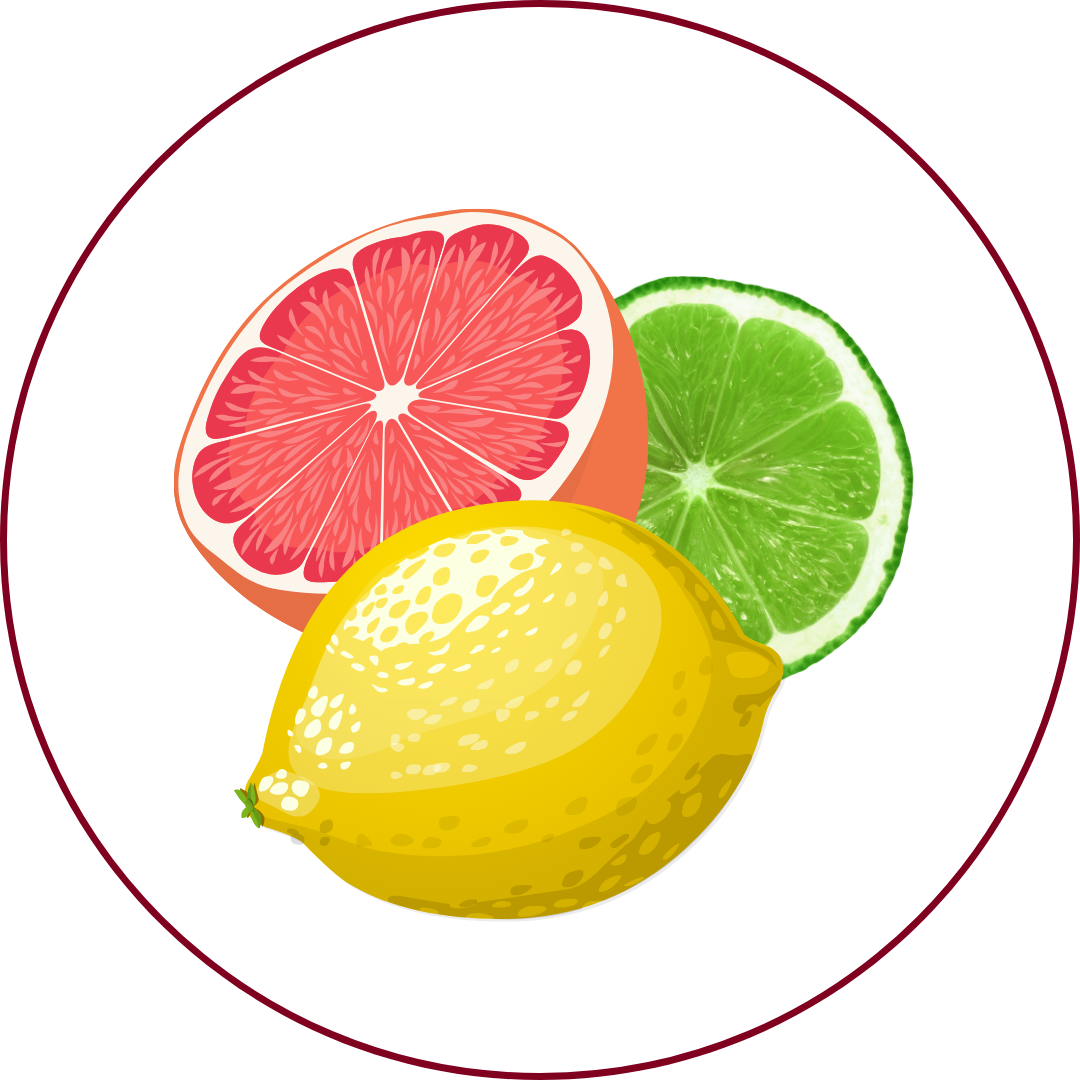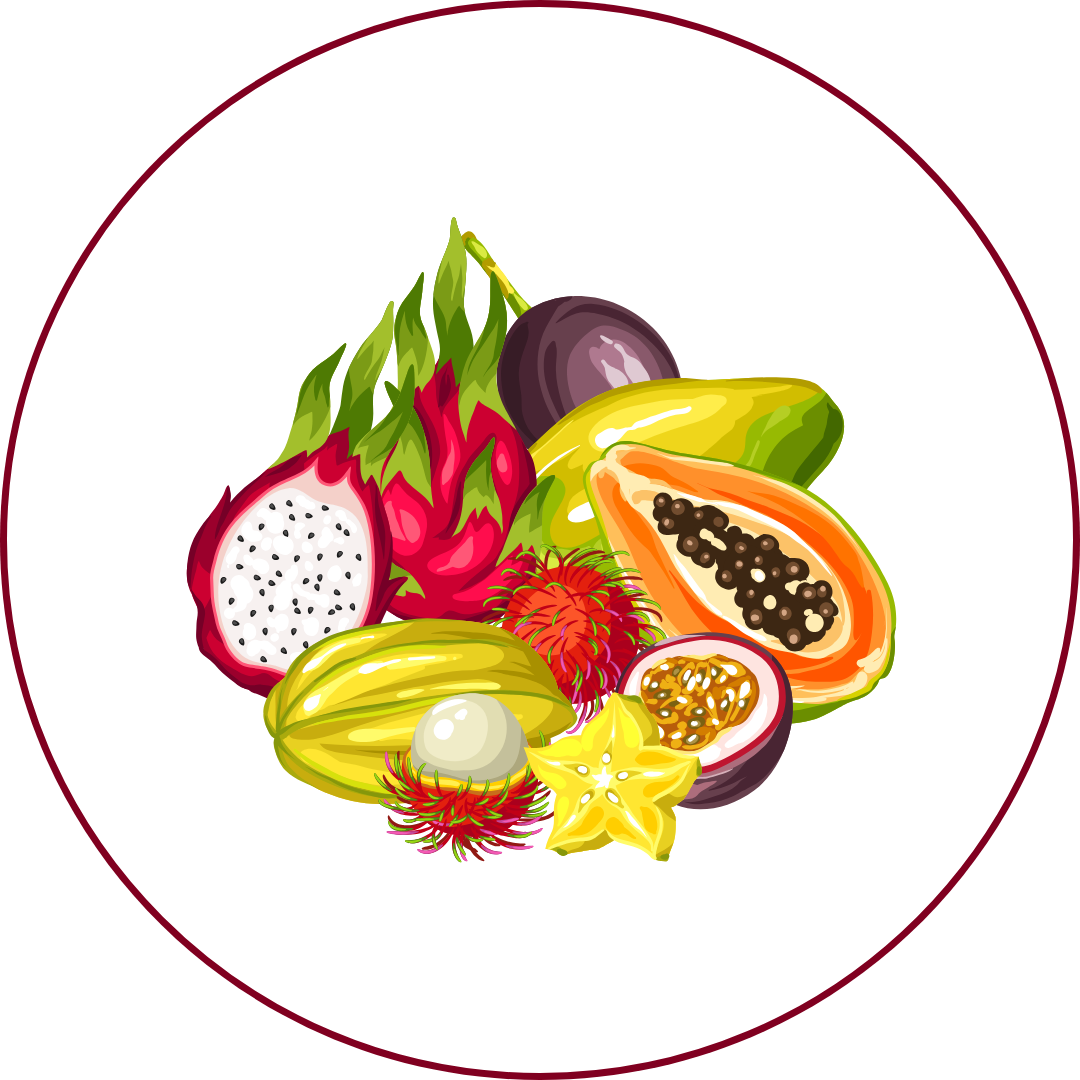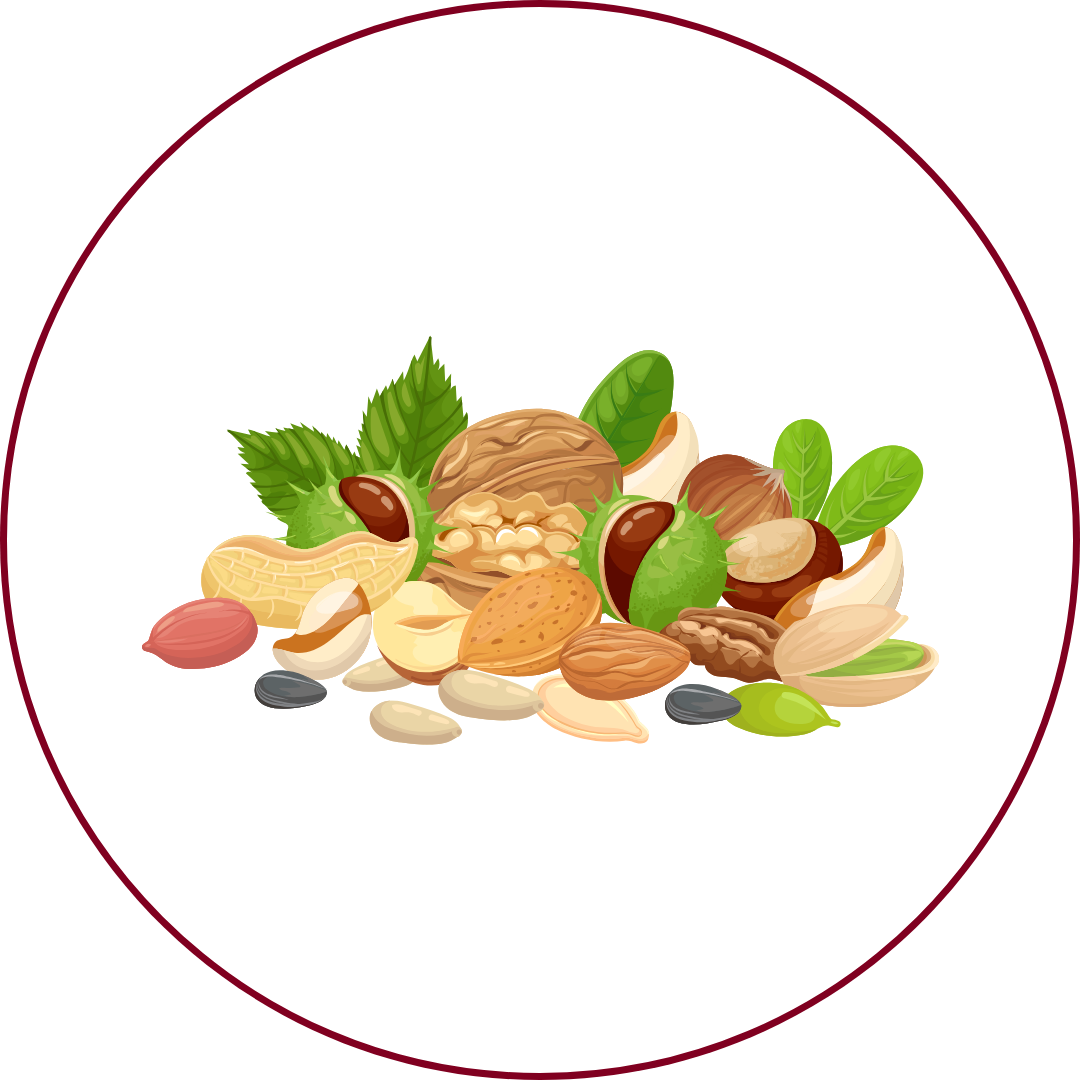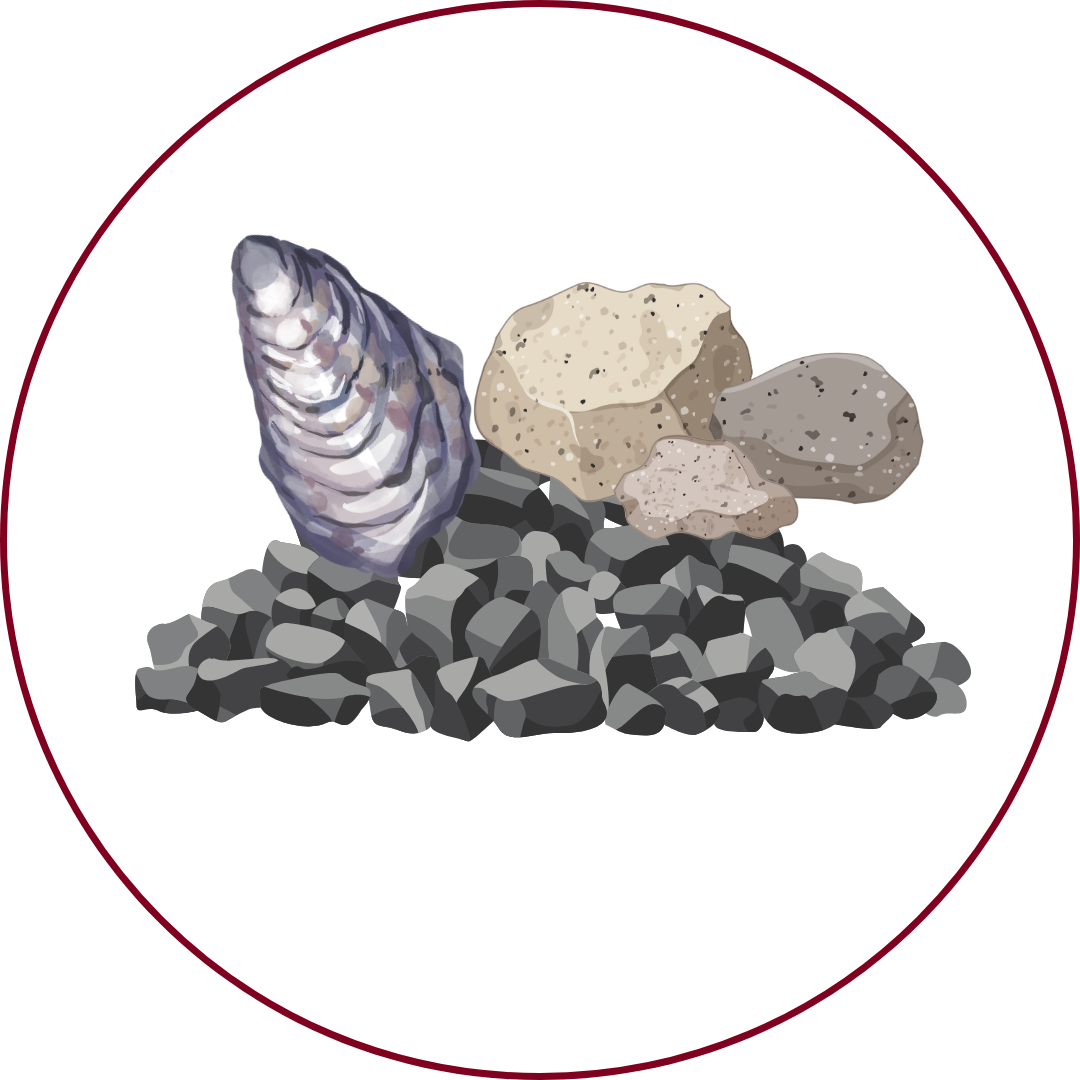Grape Variety
Jampal
"zhahm-PAHL"
Wine Styles
 Sparkling
Sparkling Light White
Light White Full White
Full White Aromatic
Aromatic Rosé
Rosé Light Red
Light Red Medium Red
Medium Red Full Red
Full Red Dessert
DessertAbout Jampal
Origin
Portugal
History
Jampal is a rare white grape variety native to Portugal, primarily found in the regions around Lisbon, Beiras, and Tejo. It was on the brink of extinction due to its low and irregular yields and susceptibility to diseases like botrytis bunch rot, coulure, and powdery mildew. The variety was revitalized by Brazilian ex-footballer André Manz, who discovered Jampal vines in a derelict vineyard and began producing the world's only single-varietal Jampal wine, Dona Fátima.
Appearance
Small to medium-sized clusters of pale green grapes.
Growing Traits
Jampal is a late-ripening variety with low and often irregular yields. It is highly susceptible to fungal diseases such as botrytis bunch rot, coulure, and powdery mildew, making it a challenging grape to cultivate. Despite these difficulties, when properly managed, it produces high-quality wines with notable acidity and aromatic complexity.
Wine Characteristics
Body
3/5
Sweetness
1/5
Tannin
0/5
Acidity
4/5
Alcohol
2/5
Medium-bodied with a harmonious balance between fruitiness and acidity, offering a smooth and rounded mouthfeel. Typically dry, highlighting its crisp and refreshing character. Negligible tannins, as it is a white wine variety, resulting in a clean and smooth finish. Medium to high acidity, contributing to its freshness and enhancing its aging potential. Moderate alcohol content, generally ranging between 12% and 13%, providing a balanced and approachable character.
Taste Profile

Citrus

Floral

Exotic Fruits

Nuts

Mineral
Jampal wines are known for their aromatic profile, featuring citrus and floral aromas. On the palate, they are full-bodied and perfumed, with flavors of tropical fruits and a distinct minerality. As the wine ages, it develops a nutty character and gains more texture, while the floral notes may diminish. The medium to high acidity provides a refreshing finish, making it enjoyable both young and with some bottle age.
Food Pairing
Jampal's medium body and vibrant acidity make it a versatile companion for various dishes. It pairs well with seafood, such as grilled fish or shellfish, and complements light salads and poultry. The wine's citrus and floral notes also make it suitable for pairing with Asian cuisine, balancing spice and enhancing flavors. Additionally, it can be enjoyed with soft cheeses and as an aperitif.
Growing Regions

Portugal
LisboaBeirasTejo
Notable Wines & Producers
Dona Fátima
ManzWine
Jampal FAQ
Common questions about this grape variety
What is the origin of Jampal?
+
Portugal
Is Jampal wine full bodied?
+
Jampal has a body level of 3 out of 5. Which means that Jampal is Moderate bodied.
Is Jampal wine dry or sweet?
+
Jampal has a dryness level of 1 out of 5. Which means that Jampal is Dry.
Where is Jampal wine from?
+
Portugal
Where is Jampal grown?
+
Jampal is grown in Portugal (Lisboa, Beiras, Tejo).
What is Jampal like?
+
Jampal wines are known for their aromatic profile, featuring citrus and floral aromas. On the palate, they are full-bodied and perfumed, with flavors of tropical fruits and a distinct minerality. As the wine ages, it develops a nutty character and gains more texture, while the floral notes may diminish. The medium to high acidity provides a refreshing finish, making it enjoyable both young and with some bottle age.
What does Jampal pair with?
+
Jampal's medium body and vibrant acidity make it a versatile companion for various dishes. It pairs well with seafood, such as grilled fish or shellfish, and complements light salads and poultry. The wine's citrus and floral notes also make it suitable for pairing with Asian cuisine, balancing spice and enhancing flavors. Additionally, it can be enjoyed with soft cheeses and as an aperitif.
What does Jampal taste like?
+
Jampal wines are known for their aromatic profile, featuring citrus and floral aromas. On the palate, they are full-bodied and perfumed, with flavors of tropical fruits and a distinct minerality. As the wine ages, it develops a nutty character and gains more texture, while the floral notes may diminish. The medium to high acidity provides a refreshing finish, making it enjoyable both young and with some bottle age.
Take Jampal Knowledge with You
Access detailed grape profiles, tasting notes, and pairing suggestions on your iPhone.
Download on theApp Store